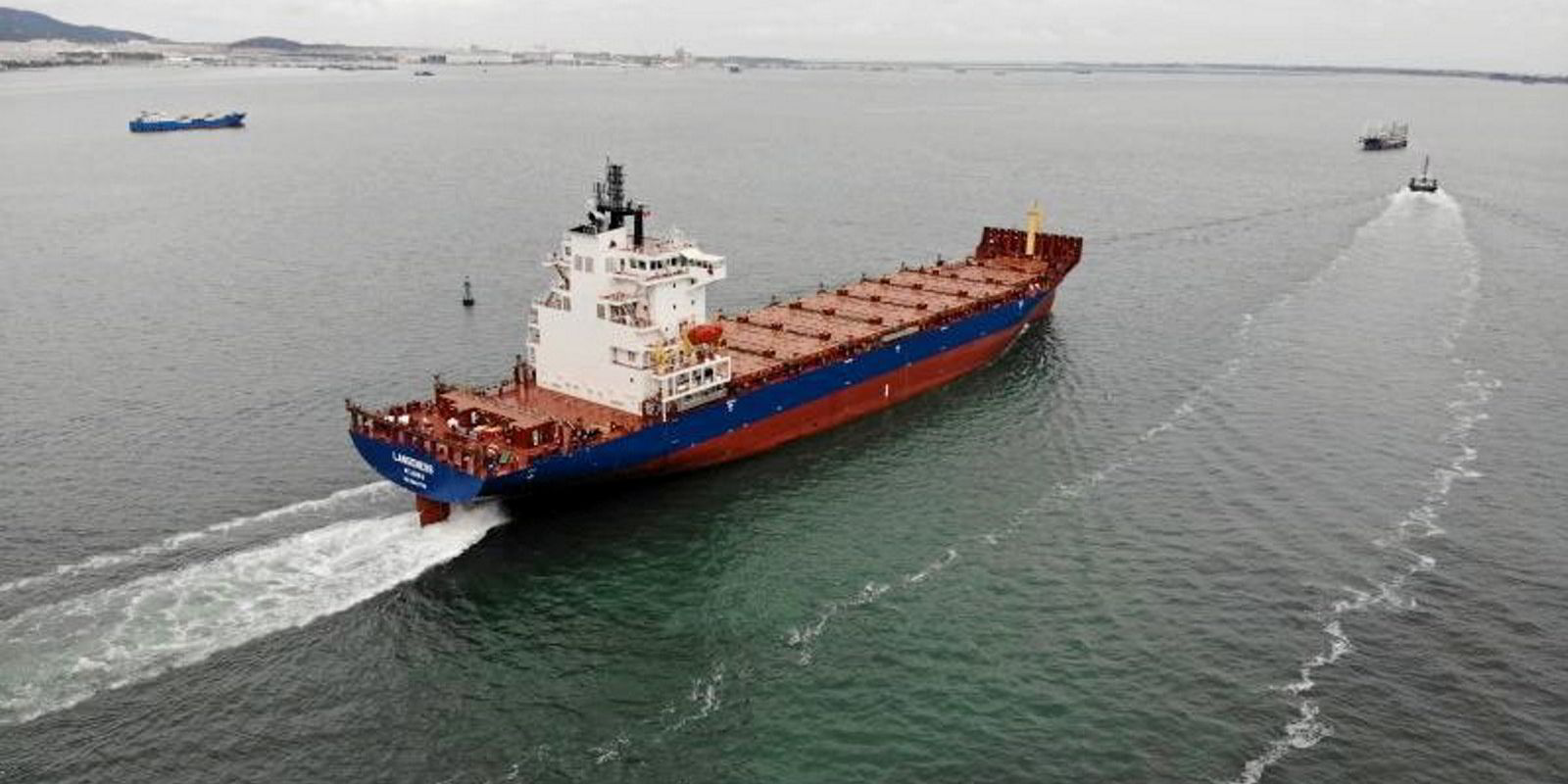Long-term container freight rates have risen for the first time in a year, but the industry “is not out of the woods yet”, says Xeneta chief analyst Peter Sand.
September recorded an increase of 0.2% in valid, global long-term contracted rates, according to the Xeneta Shipping Index, after 12 consecutive months of falls, which have wiped 62.2% off market prices since August 2022.
“It’s too early to say if this is a fundamental, lasting shift,” Sand said.
“But, despite the very small scale of the gain, it’s a significant development after such a prolonged period of decline.”
He attributes the stabilisation of long-term rates to coordinated capacity management by carriers — restricting capacity on the largest trades.
That has been allied to limited improvement in the demand picture through peak season.
“In recent weeks and months, we’ve already seen spot rates move above long-term rates on key corridors, suggesting that long-term rates would eventually follow suit and start climbing,” he said.
“It’s still very difficult to predict this dynamic market, especially given the rampant overcapacity, but — if carriers can continue their united, proactive capacity management — this first increase probably won’t be the last.”
Evidence of a coming change has been gathering, according to Sand.
May’s collapse of 27.5% in long-term freight rates was followed by falls of 9.4% and 9.5% in June and July and a 7.8% drop in August.
Mixed picture
The picture remains mixed, however, with spot rates on key trades reverting to a downward trend at the end of peak season.
The World Container Index (WCI) — which measures spot rates on eight key east-west trades — decreased by 5.1% in the week to 28 September.
Freight rates for the WCI’s composite index dropped to $1,404 per 40-foot equivalent unit (feu), two-thirds lower than the same period last year.
That is marginally lower than the average of 2019 pre-pandemic rates of $1,420 per feu.
Spot rates have fallen sharply on the trade from Asia to North Europe.
Rates from Shanghai to Rotterdam nosedived by 10% a week in the past fortnight to hit $1,052 per feu today.
That is the lowest registered on the trade since June 2016, according to the WCI.
In contrast, spot rates on the main transpacific corridor have more than doubled in the third quarter, largely due to strict capacity management.





